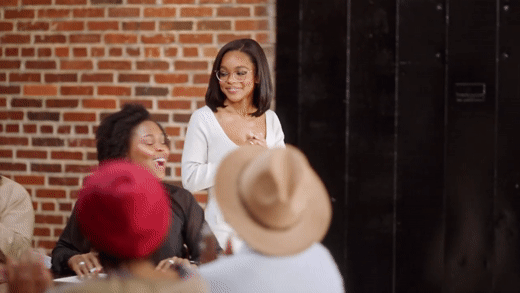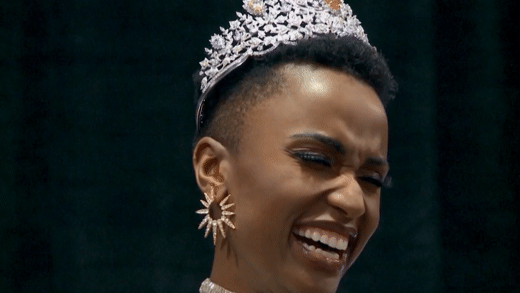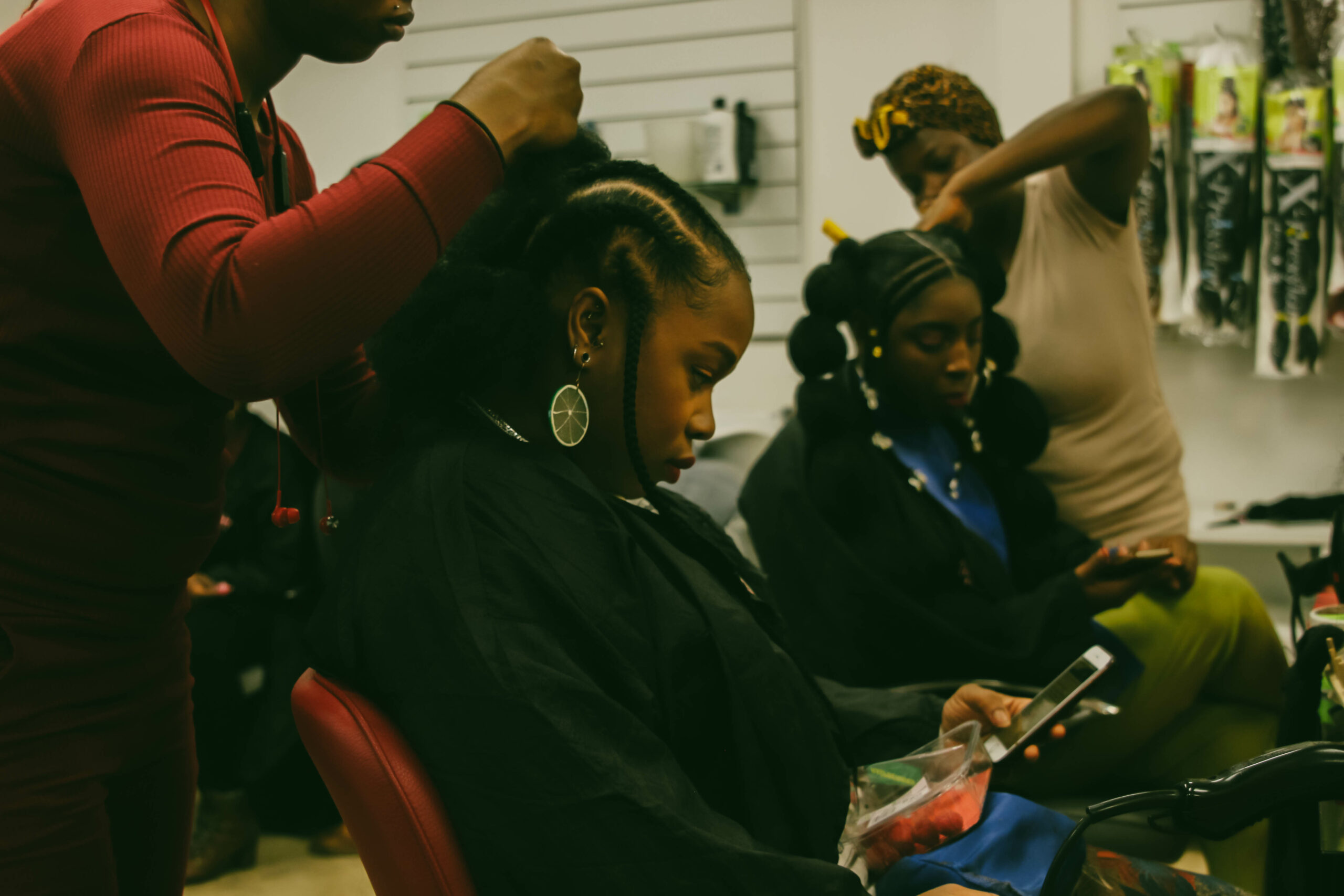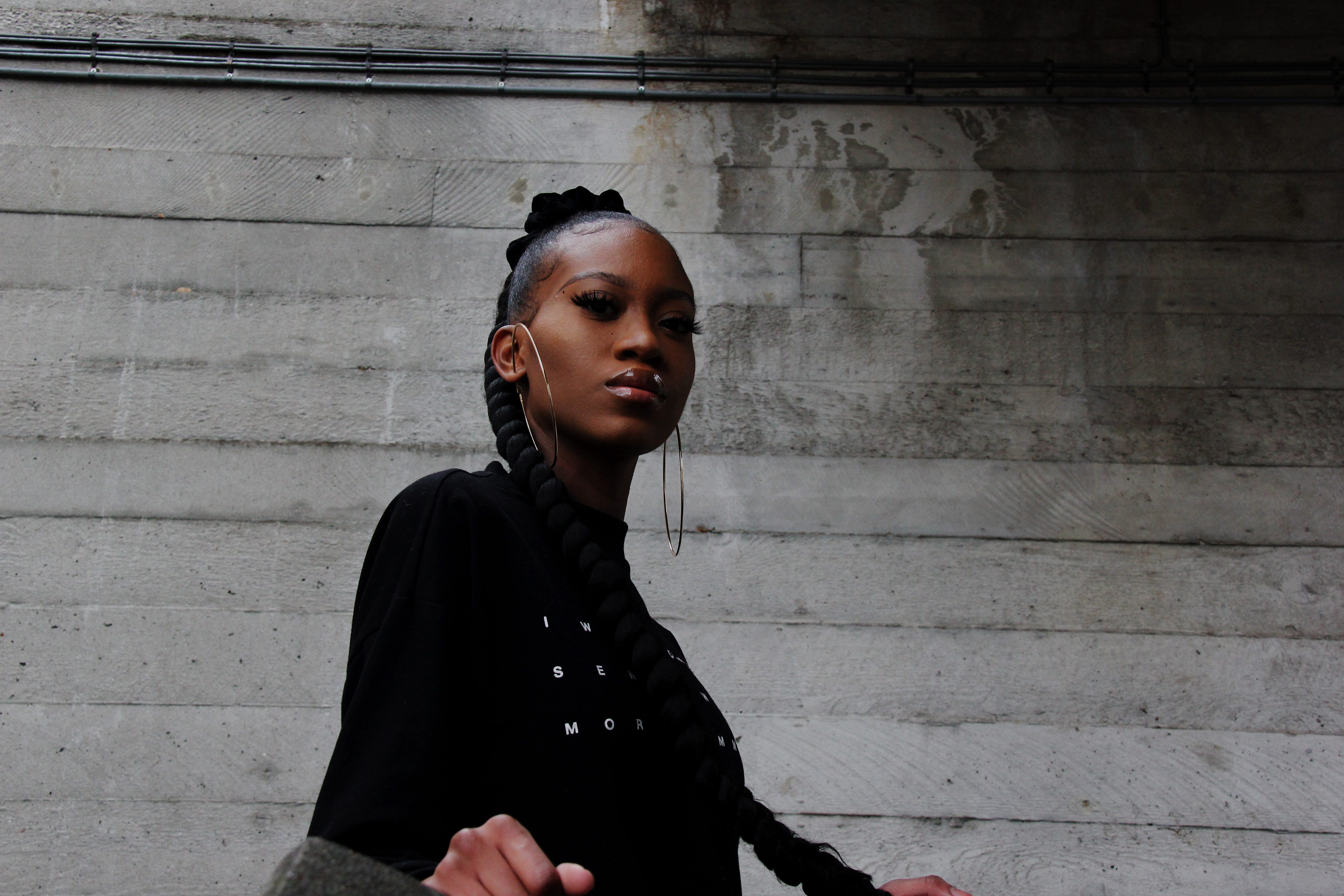
Future First: this empowering short is a love letter to black women and their hair
Naomi Grant
28 Mar 2018
Black culture has historically been treated with a blind ignorance by its appropriators. In his SS17 Collection, Marc Jacobs had his models wear colourful dreadlocks, a direct reference to the Rastafarian culture, yet only featured three black models in the show. When asked about the politics behind the decision and whether he thought it was appropriating a culture, hairstylist Guido Paula, responded, “no, no at all”.
I founded LAMBB three years ago with the intention of filling up a space that had been ignored, although I wasn’t quite sure how best to anchor a definition for the brand. I saw my younger cousins – who are dark-skinned girls – growing up in a world that would inevitably condemn them and, admittedly, I was afraid. I was afraid that they’d conform and strip themselves of their individuality to fit in, or be ashamed of their gravity-defying hair. Last year, with the release of our debut documentary, the meaning behind LAMBB became obvious to me. LAMBB is a collective of creative individuals who have come together to redefine the images of people of colour in media.
One of my main motivations for the concept of Future First was to provide a truthful representation of black girls. Future First is an artistic interpretation of a black girl’s response to cornrows being renamed as “boxer braids”. The film encourages black girls to reclaim their time, as society often tries to steal from us then decline us. It shows how our hair is deeper than just hair – it is a common thread that unites women across the world and is deep rooted in our culture. The anchor point of the film is cultural appropriation, but it expands much wider than that. It isn’t about taking a stance as a victim, it is about reclaiming our place and not being afraid to take up space.
Throughout the film we see these eight black girls in different spaces, each with stories to be told. Moments in, the film reflects the resilience that is built in black girls from the day they are born, as they must learn to grow in a system that was built to destroy them. Other moments reflect a softness, sisterhood, and sensuality. This exposes the multifaceted nature of black girls, who are often deemed singularly – angry or aggressive. This film shuns all those one-dimensional adjectives, and proves that we exist as a multitude of things. The colour scheme that runs throughout the short film is also reflective of the different colours that amount to being a black girl.
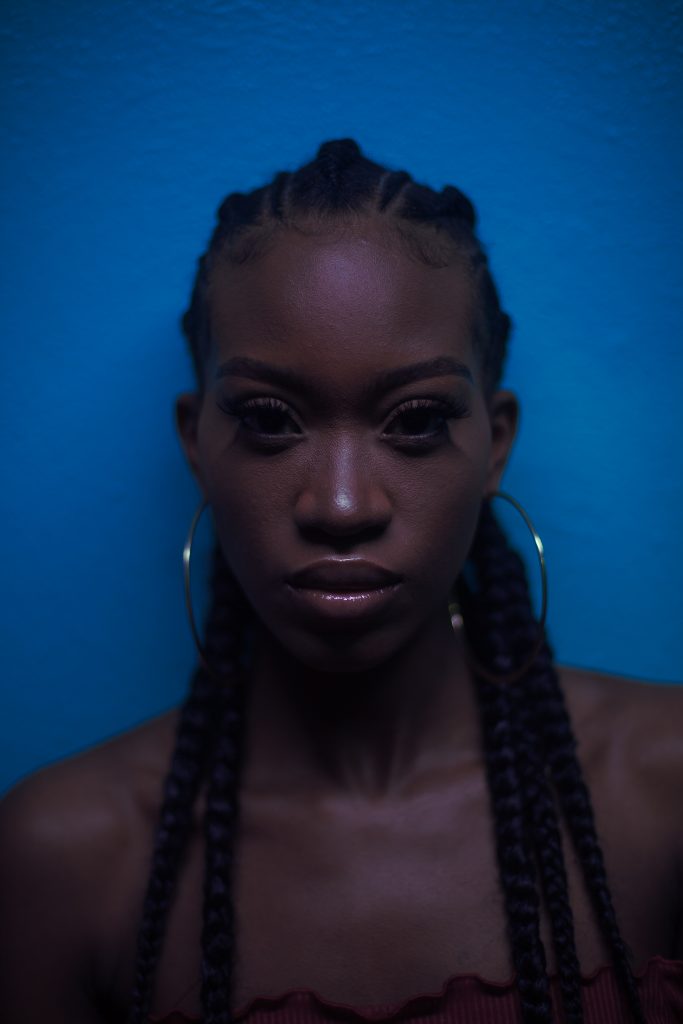
We are existing in a unique time; we are witnessing a slow shift away from the structures that have been held up by patriarchal society for so long. We are moving towards a time where each individual may well be able to stand unapologetically in their truth.
In the film, there is an overwhelming sense of sisterhood, one that expels the idea that women must compete with one another, or that only one woman can win at a time. Instead ,the film sees the girls come together, as a unified front, walking fearlessly towards a future that belongs to them.


